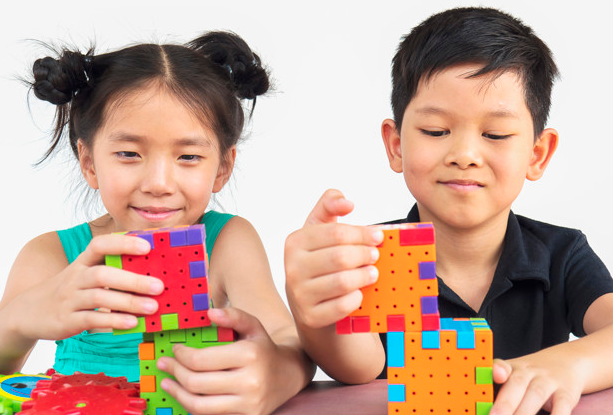How to Know What the Other ADHD Signs and Symptoms Are

The biggest problem with diagnosing ADHD is that it has many signs and symptoms, and not everyone who carries them will be diagnosed as having ADHD. There are several problems with using the acronym ADHD for children, one of which is that in a lot of cases, kids carry on with their hyperactivity/impulsivity without being aware of it.

How to Determine ADHD Symptoms on Children
ADHD symptoms will be much more apparent if you watch your kid closely, and this means that it can be hard to determine whether your kid is under the influence of ADHD or not.
- One of the most common ADHD symptoms is hyperactivity, and this is actually what is most often misdiagnosed.
- Children show some symptoms of ADHD when they are actually suffering from another disorder, such as Asperger’s syndrome. In order for a diagnosis of ADHD to be made, it must be determined that there is indeed some kind of deficit that is causing the hyperactivity in question.
- In fact, there are five main categories of disorders that coexist with ADHD: learning disabilities, conduct disorder, oppositional defiant disorder, obsessive-compulsive disorder, and specific learning disorder. If a child has any combination of these symptoms and behaviors, then they are going to have an issue with ADHD.
ADHD Signs and Symptoms
Hyperactivity – Hyperactivity, and inattention are often present together because hyperactivity is often considered as a side effect of inattentiveness, which is caused by a child’s inability to sit still or focus.
- A child may be easily distracted by external things, and when they cannot concentrate, they are going to act out in an attempt to compensate for not being able to pay attention. Some examples of things that can cause inattention to include things that are moving and loud noises. However, hyperactivity can also come from things that they may not be able to avoid like boredom or moving objects.
- The problem with hyperactivity is that kids with ADHD often cannot control their impulses to act out. They cannot stop thinking about something, and this leads to them acting out in many forms.
Impulsivity – Another ADHD symptom is impulsivity. Impulsivity is defined as a constant series of quick acts that are impulsive. For example, if a child is impulsive towards certain things, then they are likely to have problems with the inattentive type of ADHD.
- Children who have both hyperactive and inattentive ADHD tend to have difficulties with impulse control and are more likely to be seen as “lazy” than other kids. Children who have hyperactive/impulsive behavior may also have problems with executive function.
- Executive function is a term that refers to a series of mental processes that guide our thinking and planning.
- Children with ADHD may have problems with executive dysfunction because they are constantly jumping from topic to topic, making it difficult for them to sit still long enough to gather all their thoughts and decide on a course of action. Executive dysfunction is one of the most common dysfunctions found in children with ADHD.
Inattentive ADHD – Children with inattentive ADHD can have the same problems as hyperactive/impulsive children, but they are less likely to be physically aggressive or have mood swings.
- There are many other types of symptoms that can be associated with ADHD, but these two are the most common. Because impulsivity and hyperactivity are by far the two most problematic symptoms of ADHD, knowing what the other symptoms in addition to impulsivity maybe is important so that you can determine how to treat each of the symptoms. Knowing what additional symptoms exist can help you determine how to best treat the symptoms of ADHD.
- When it comes to the inattentive symptoms of ADHD, we can talk about a total of 10 different types. These include such things as distractibility, the inability to concentrate, difficulty organizing things, the inability to remember things, and impulsivity. Impulsivity refers to running around very quickly from one activity to another, and even cutting corners. These behaviors usually occur when there is a disruption in your child’s usual flow of activities. They can be disruptive both in social and school settings and are extremely difficult to control or ignore.
Conclusions
One of the more severe ADHD symptoms is hyperactivity. Hyperactivity is often confused with inattention, which is another common ADHD symptom. In fact, hyperactivity can sometimes be mistaken for ADHD as well. Hyperactivity can include the inability to sit still, frequent fidgeting, and the inability to concentrate on tasks for long periods of time. This type of ADHD symptoms can cause problems not only in social settings but at home as well. Children who have
difficulties controlling their impulsivity will most likely pay attention in school poorly, and this can result in lower grades and less success socially.If you would like some further guidance and support on managing your ADHD, then you should contact your local experienced ADHD specialist for an in-depth ADHD Online Assessment t improve your understanding of the disorder and to know what treatment method is fit for you or them.


